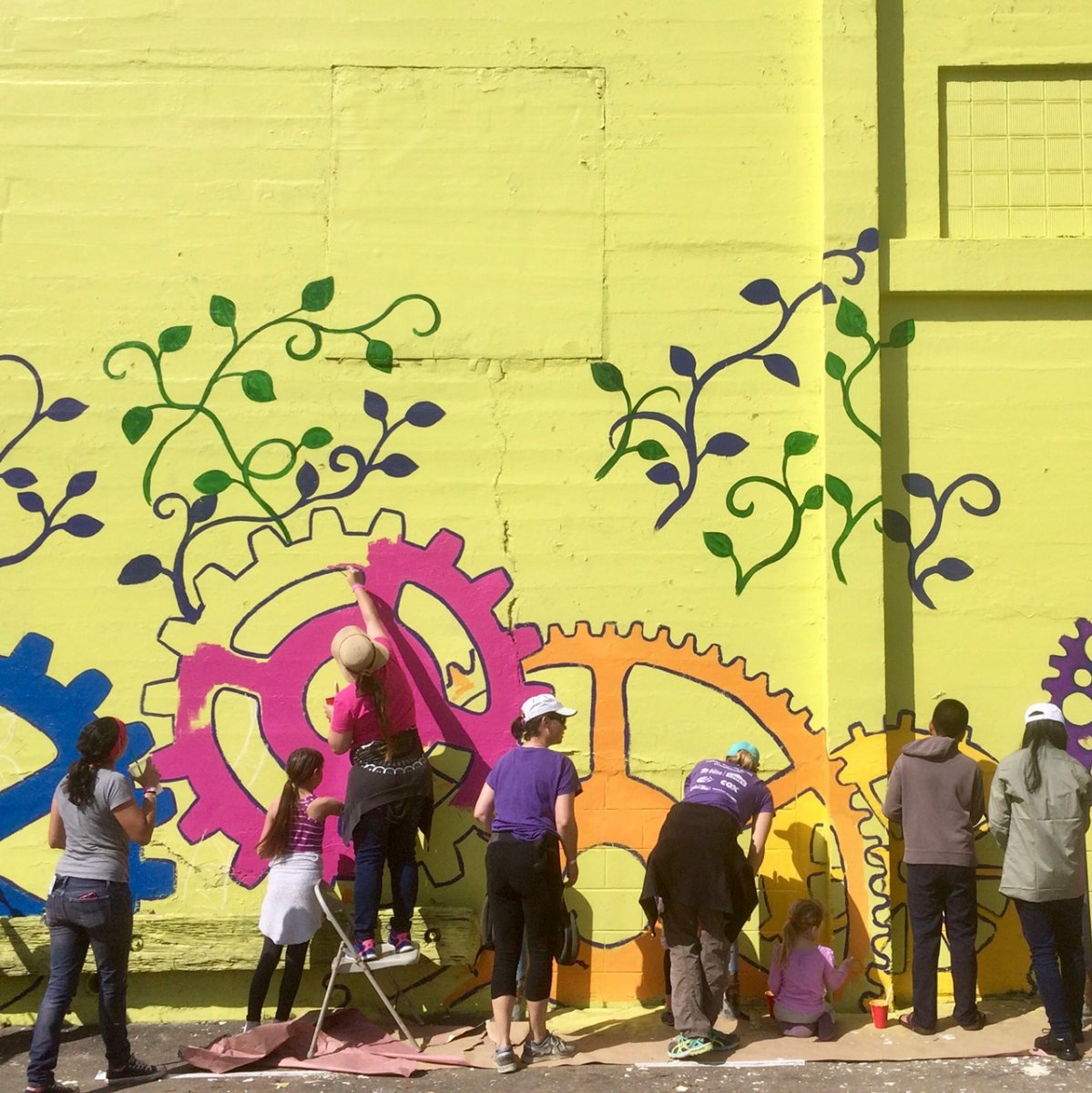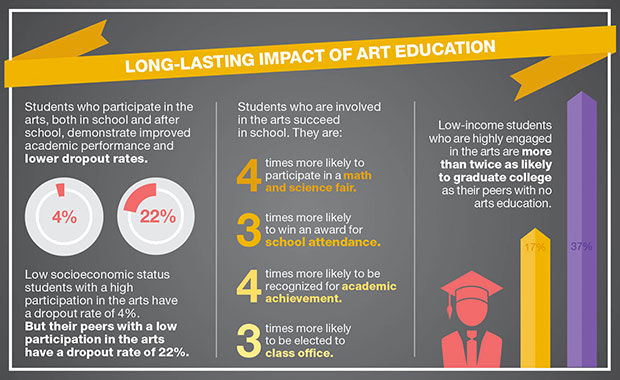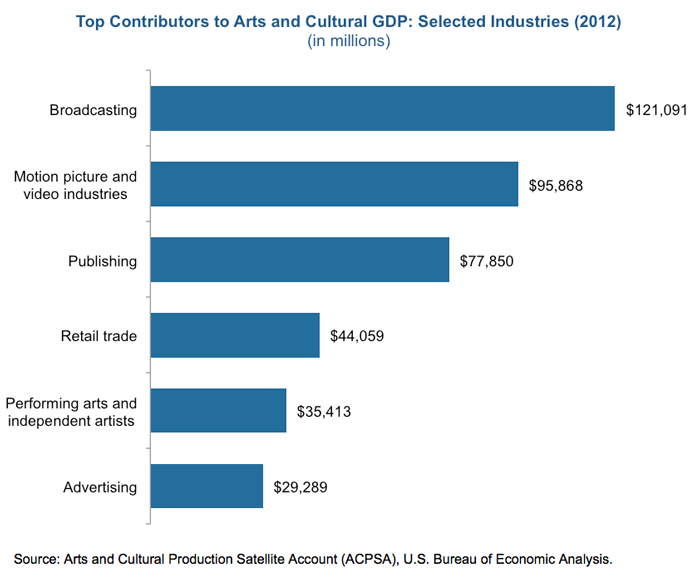 The importance of STEAM—science, technology, engineering, art and math—education is often mentioned in the world of workforce development, but how often do we hear specifically about the A?
The importance of STEAM—science, technology, engineering, art and math—education is often mentioned in the world of workforce development, but how often do we hear specifically about the A?
Arts education refers to education in the disciplines of music, dance, theatre and visual arts and there is ample evidence that an arts education improves performance in other areas.
In Champions of Change: The Impact of the Arts on Learning, Edward B. Fiske shares that by analyzing 25,000 students, renowned UCLA researcher James Catterall “found clear evidence that sustained involvement in particular art forms—music and theater—are highly correlated with success in mathematics and reading.”
“The fine arts also provide learners with non-academic benefits such as promoting self-esteem, motivation, aesthetic awareness, cultural exposure, creativity, improved emotional expression, as well as social harmony and appreciation of diversity.”
The arts also foster teamwork and collaboration, critical thinking, problem-solving, public speaking, tolerance, flexibility and attention to detail—essential skills that employers often share they have trouble finding in candidates. These skills are crucial to any “innovation economy.” According to an IBM poll, for-profit CEOs rank creativity at the top of their lists of important leadership qualities.
 In regard to opportunity youth—young adults ages 16–24 not in school or working—the arts also play an important role: “Young people who are disengaged from schools and other community institutions are at the greatest risk of failure or harm. The researchers found that the arts provided a reason, and sometimes the only reason, for being engaged with school or other organizations,” Fiske writes in Champions of Change.
In regard to opportunity youth—young adults ages 16–24 not in school or working—the arts also play an important role: “Young people who are disengaged from schools and other community institutions are at the greatest risk of failure or harm. The researchers found that the arts provided a reason, and sometimes the only reason, for being engaged with school or other organizations,” Fiske writes in Champions of Change.
In another report co-written by Catterall, researchers found that socially and economically disadvantaged children and teenagers who have high levels of arts engagement or arts learning show more positive outcomes in a variety of areas than their low-arts-engaged peers: “In middle school, high school, and beyond, they tend to do better on a host of academic and civic behavioral measures than do at-risk youth who lack deep arts backgrounds. To varying degrees, those outcomes extend to school grades, test scores, honors society membership, high school graduation, college enrollment and achievement, volunteering, and engagement in school or local politics.”
In addition, “at-risk” teenagers or young adults with a history of intensive arts experiences show achievement levels closer to, and in some cases exceeding, the levels shown by the general population studied.
Not only can the arts change outcomes for young people, creative industries make up a significant percentage of the nation’s GDP.
 According to new data released in March 2018 by the U.S. Bureau of Economic Analysis (BEA) and the National Endowment for the Arts (NEA), the arts contribute $763.6 billion to the U.S. economy, more than agriculture, transportation or warehousing. The arts employ 4.9 million workers across the country with earnings of more than $370 billion. Furthermore, the arts exported $20 billion more than imported, providing a positive trade balance.
According to new data released in March 2018 by the U.S. Bureau of Economic Analysis (BEA) and the National Endowment for the Arts (NEA), the arts contribute $763.6 billion to the U.S. economy, more than agriculture, transportation or warehousing. The arts employ 4.9 million workers across the country with earnings of more than $370 billion. Furthermore, the arts exported $20 billion more than imported, providing a positive trade balance.
In Arts in the Workforce, Felipe Buitrago Restrepo writes, “Artists and creatives will become a key driver of the digital age.”
On April 12, at the San Diego Workforce Partnership’s (SDWP) Opportunity Summit 2018: Initiate, young adults, employers, workforce professionals, service providers, educators, funders, parents, community members, elected leaders and more will continue looking at ways to cut the rate of disconnected youth in San Diego County and halve the gap between the areas with the highest and lowest rates of opportunity youth.
To that end, SDWP has invited a number of local arts organizations to participate, including A Reason to Survive, The AjA Project, The Blue Heart Foundation, Movement BE and Urban Beats. The goal is to awaken the senses and introduce evidence-based strategies and tactics from the arts to workforce development.
Not only are the arts important for economic and workforce development, it has an important role in youth development and reconnecting opportunity youth. Join us on April 12 to meet these organizations and learn more.
Further reading:
Arts and Cultural Production Contributed $704.2 Billion to the U.S. Economy in 2013
Arts Programs for At-Risk Youth: How U.S. Communities are Using the Arts to Rescue Their Youth and Deter Crime
The Importance of Arts Education
The Importance of Arts Education in Workforce Preparation
The Role of Youth Arts: Providing Opportunity and Intervention for At-Risk Populations
NEA: Arts Data Profile Series (interactive infographics)
What Kind of Arts Education Does Workforce Development Require?
